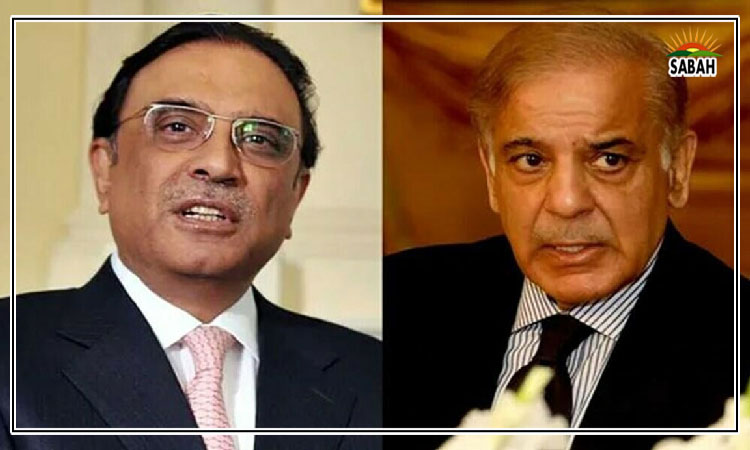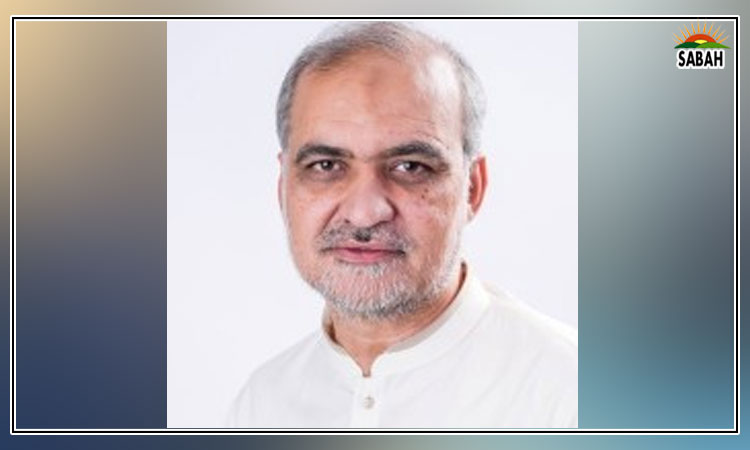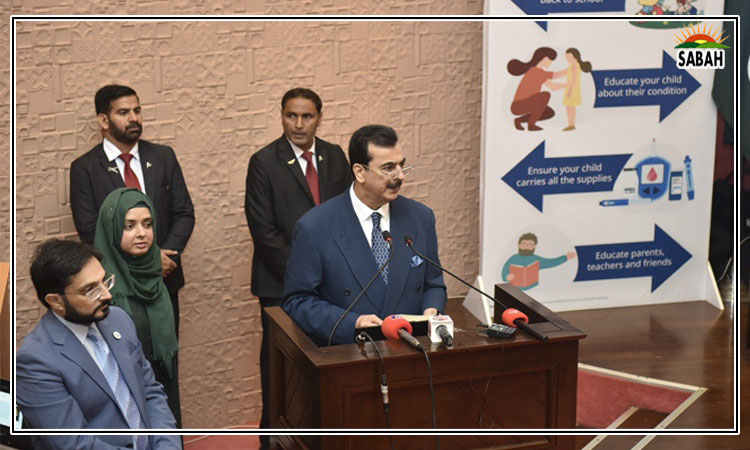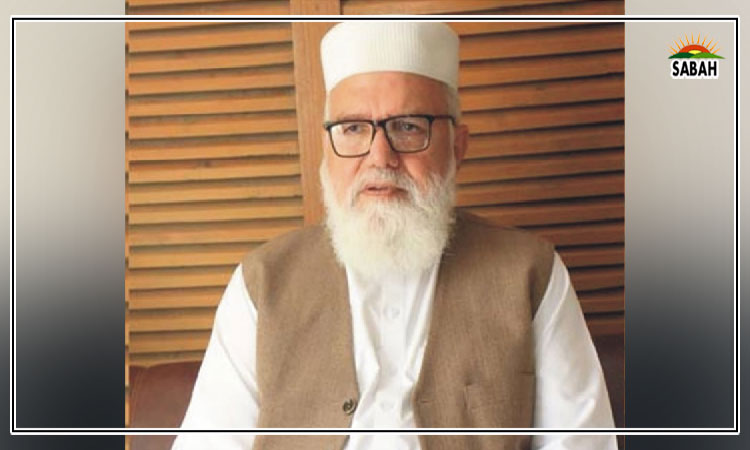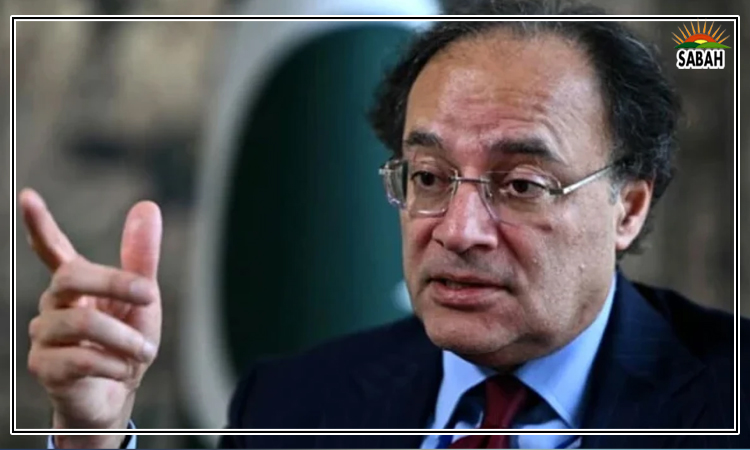East-west disparity: an irrational view By Dr Pervez Tahir
December in Pakistan is a time for introspection. The people suffered two bloody partitions within two and half decades. There was little appreciation in West Pakistan that the simmering discontent in [former] East Pakistan would explode into a movement for an independent Bangladesh. What follows, as an example of the apathy in the west wing, is the review by this author of a study published by Punjab Industrial Employers Association in 1970. It was entitled: ‘A Rational View of Disparity’. The review appeared in The Pakistan Times on November 29, 1970. Later, the review was reprinted in a book by the writer, ‘Pakistan: An Economic Spectrum’, published by Arslan Publishers, Lahore, 1974.
The present booklet is an attempt to rebut, from the standpoint of the Punjabi employers, the Bengali (Anisur Rehman, A R Khan, etc.) economists’ thesis about the disparity ascendant to the alarming 95-195 per cent. The authors of the booklet believe that the Bengali view is an exercise in obscurantism, lacks historicity, ignores “massive efforts” and their “relative ineffectiveness” to develop East Pakistan.
East Pakistan, we are told, made a disadvantageous start at the time of Partition. Its transport system was far less developed, its arable land limited and while West Pakistan gained refugee capital, East Pakistan lost Hindu entrepreneurs. Mass immigration and a comparatively less productive labour force further deteriorated the situation.
In spite of these aggravating factors, however, the gross regional product of East Pakistan was, according to the authors’ own statistics, higher than that of West Pakistan in 1949-50, with a nominal per capita disparity. To say that these figures disguise some supposed differences in resource endowment is baseless as it is mendacious. What has strategically constrained economic development, right from the beginning is foreign exchange. East Pakistan had much more of it and a small slice of it would have evened out the not-so-big infrastructural gap when the process of growth was about to start. But this was not to be.
The ‘dramatis personae’ chosen for capital formation were the private capitalists. They could have landed only in the ‘less risky’ West Pakistan where the risk continually minimised by way of squeezing East Pakistan in terms of local earnings of foreign exchange in the 1950s and the denial of legitimate share of foreign aid in the 1960s. Conscious or not, the government played an ally by furnishing external insulation, fiscal over concessions, monetary tuning and by building up social overheads.
The cunning providence embodied in the planning apparatus so drew the economic map of Pakistan that East Pakistan would be the ‘village’ and West Pakistan the ‘workshop’, of course without any rural-urban mobility in [the] Lewis sense due to a dispersed geography. As a result, the per capita income of East Pakistan actually declined during the 1950s. The 1960s saw a constitutional recognition of the problem; the consequent economic and administrative changes led, to use the Planning Commission cliché, to “a decrease in the rate of increase of disparity.”
All this is accounted for in the booklet under review in this ‘rational’ way: Disparity is there “in almost all countries of the world”; in Pakistan it is due to “an historical accident and other natural factors” and “political instability, strikes and lock-outs” in East Pakistan – “Real remedy lies in reducing the level of prejudices and a change in attitude of people there” (East Pakistan). These statements might compare well with the pronouncements of a classical free trader justifying, in the garb of comparative advantage, the colonial plunder or with the contemporary reluctance of ex-colonialists to transfer back a paltry one per cent of their GNPs. But it is certainly not a discussion “on a purely academic level with full effort to find effective solutions to a problem which is not only affecting the economic fabric but also causing damage to the country.”
In regard to the measure of disparity, it does not matter whether one estimates the extent to which West Pakistan is ahead of East Pakistan or East Pakistan behind in percentual terms. The Bengali economists view disparity as the ratio of West Pakistan’s per capita income to that of East Pakistan. Although this is the most natural and usual way of looking at the problem from an economic policy angle, we grant for the argument’s sake that the authors’ measure “as the ratio between per capita income as percentage of the lower income region.”
In this way, disparity has jumped from 13 per cent in 1949-50 to 38 per cent in 1969-70. To convert this apparent index, corrections have to be applied to allow for the wheat-rice price differential, and to make inter-regionally comparable, co-extensive and consistent. The measure thus obtained will be about 60 per cent, which sufficiently justifies the Bengalis’ clamour for a better deal.
In short, the booklet combines unadulterated economic rubbish and analytical clumsiness with the express motive of confounding confusion. It voices not the popular Punjabi sentiment, but that of vested interests of the industrial ‘robber barons’.


